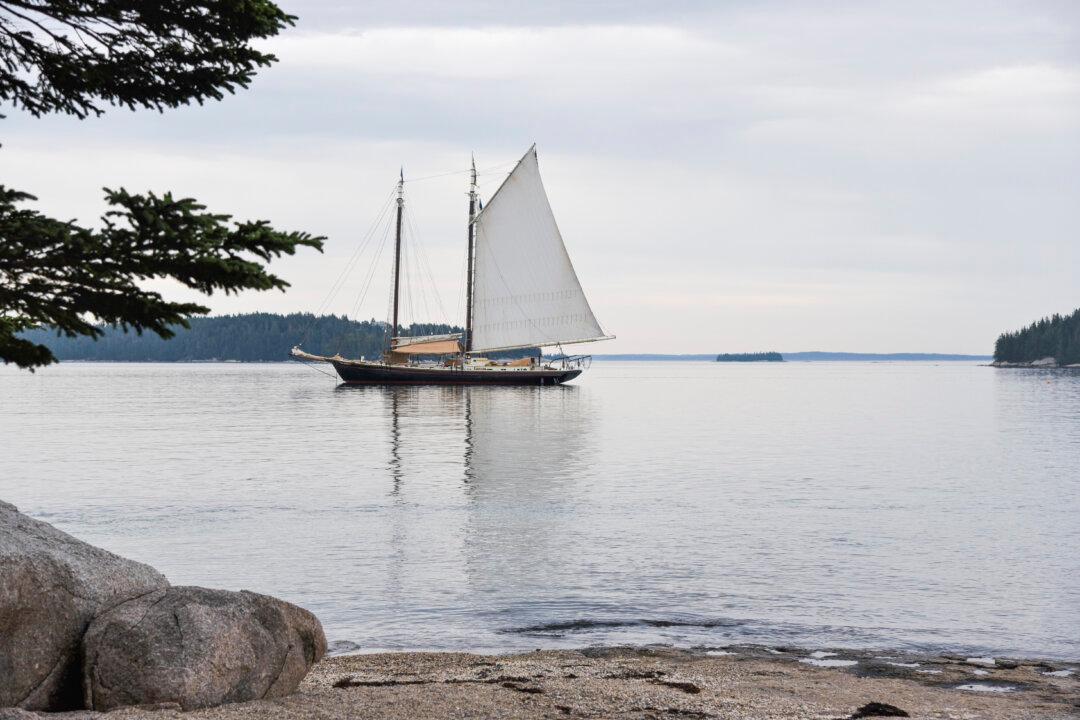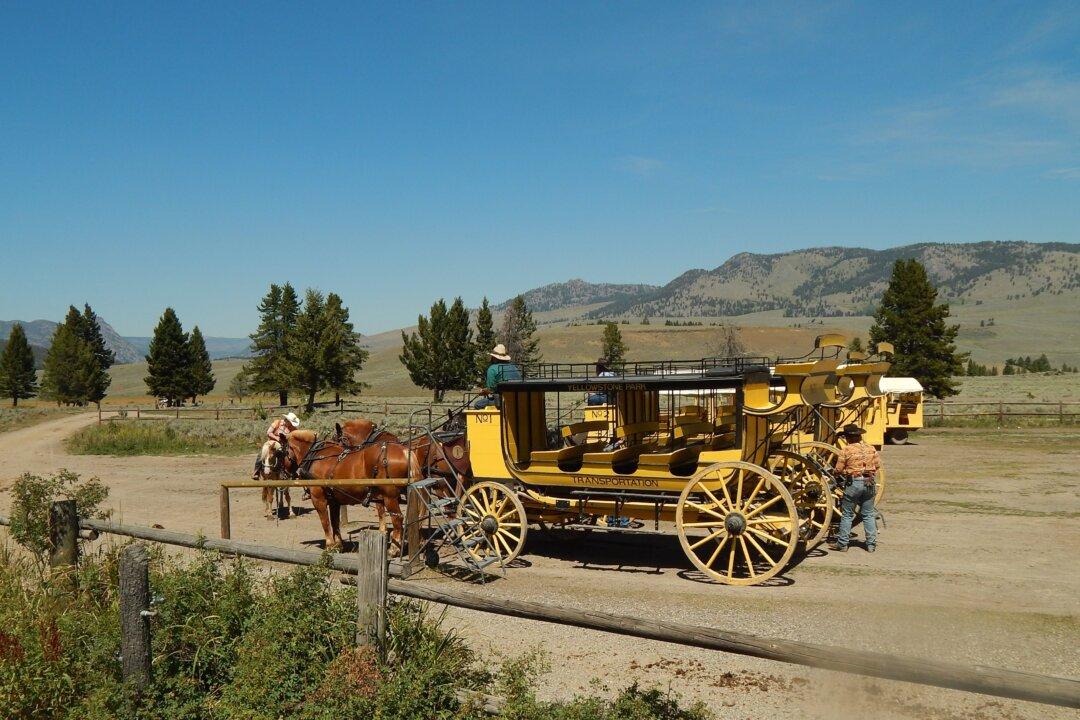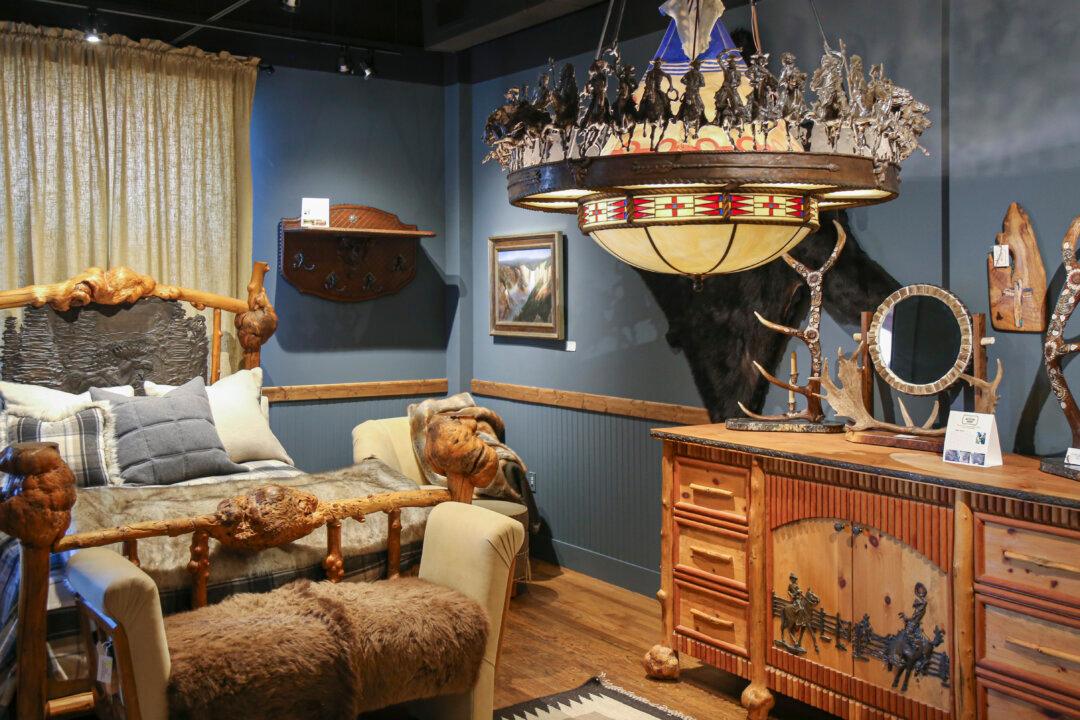One could say that the husband and wife co-captains of the J. & E. Riggin windjammer were destined to one day own and command this particular vessel.
Justin Schaefer and Jocelyn Schmidt both grew up on the water. Justin, at just a year and a half old, was introduced to sailing by his captain father. The family would sail their 30-foot fiberglass sailboat along the south shore of Long Island most summers. Justin jokes that his mother wouldn’t allow his father to take Justin on the boat when he was under a year old. To keep the child safe, Justin’s father took a child’s seat that’s typically used on the back of bicycles and bolted it to the sailboat. “So when my father had to go forward or down below, or do any sort of boat handling, he would plop me into the seat and strap me in so he could take care of whatever needed handling,” Justin remembered.
Part 1: Setting Sail
Growing up on a sailboat, Justin said, meant that boating, but most importantly sailing, was an important part of his childhood and teen years. At as young as 4 or 5, he was helping his father with the sailboat. In 2006, when he was 13, Justin’s dad found out about the Maine Windjammer Association, the largest group of windjammers and schooners in the United States. When the literature arrived, his father was drawn in particular to the J. & E. Riggin. “He liked the way she looked, how low and sleek she was. He thought it just looked like a really good sailing boat,” Justin said. His father booked a cabin for a weeklong cruise for the family, and Justin “fell in love with it.”
“I had always been sailing, but this was so much different from what I was used to; fundamentally it’s all the same, but everything was so much bigger. It’s just all block and tackle [a pulley system], manual, no winches [a mechanical tool for controlling sails], gaff rig, wood—it was just fascinating. And the crew to me back then—I just idolized them. They were like these rock star figures, the captains and the crew. And I was drawn to it, captivated, and sucked in by the J. & E. Riggin.” The regal schooner was originally an oyster dredger built in 1927. Rebuilt to accommodate guests in 1977, and designated a National Historic Landmark in 1991, the J. & E. Riggin fits 24 guests and six crew members.





